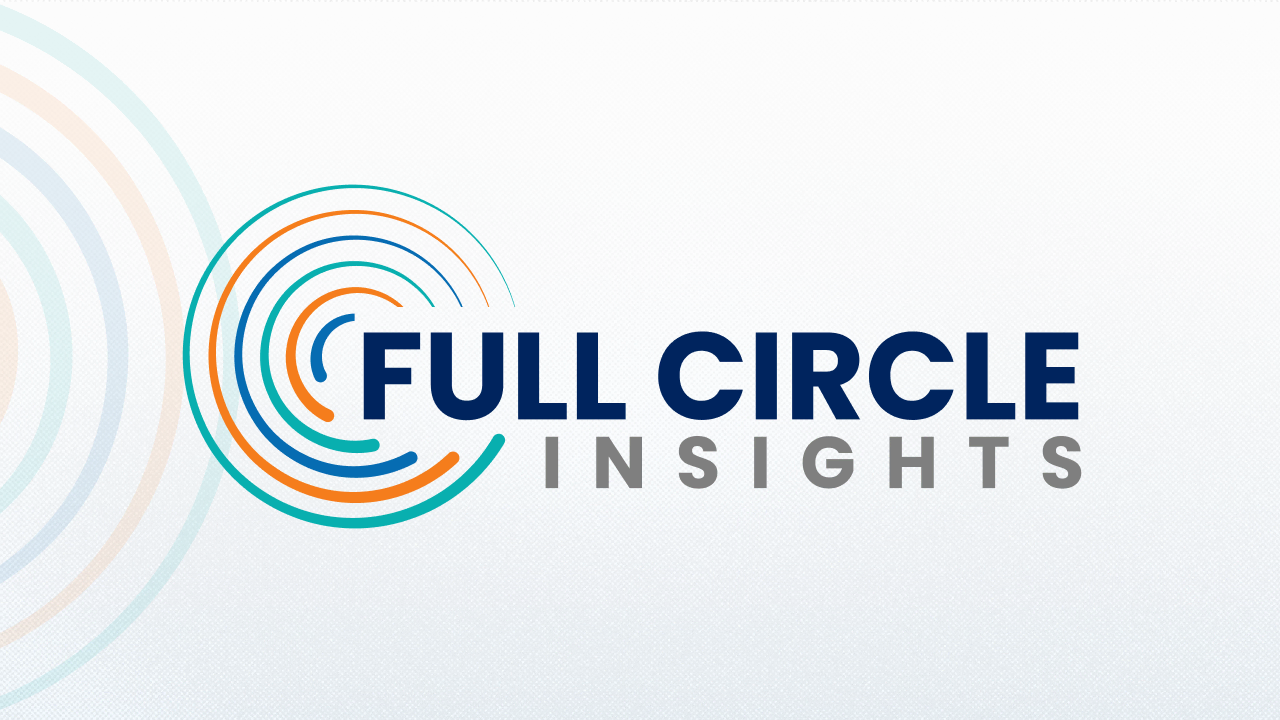Campaign Execution in Salesforce: 5 Things Ops Leaders Forget to Build In


Campaign execution in Salesforce is often treated like a checklist: create a campaign, assign members, track responses. But for ops leaders under pressure to deliver ROI and attribution clarity, a surface-level setup won’t cut it.
The truth is, most marketing and revops teams overlook key elements that make or break campaign effectiveness, especially when it comes to execution at scale.
If your campaigns feel disconnected, data-heavy but insight-light, or impossible to report on cleanly, chances are you're missing some of the foundational elements that transform campaign execution from functional to strategic.
In this post, we’re digging into five critical things ops leaders routinely forget to build into their Salesforce campaign execution and how to fix them.
1. A Clear Campaign Type and Hierarchy Strategy
Let’s start with the basics. Salesforce gives you flexibility with campaign types, parent-child hierarchies, and custom fields. But flexibility without a strategy leads to chaos.
Too often, teams default to creating standalone campaigns for every webinar, ad, or trade show, without linking them to broader initiatives. This makes roll-up reporting near impossible. If a single campaign drives early-stage engagement, mid-funnel conversion, and even closed-won revenue, you need a structure that reflects that journey.
The fix? Build a scalable campaign hierarchy strategy. Use parent campaigns to reflect strategic initiatives (e.g., “Q3 Demand Gen”) and group related child campaigns underneath (e.g., “LinkedIn Ads Q3,” “Webinar: Scaling Efficiently,” etc.).
Teams using Full Circle Insights benefit from visual hierarchy tracking and standardized campaign setup guidance, which helps reduce confusion across marketing and sales alignment.
And if you're running sales motions alongside campaigns, tools like Conquer that sit natively inside Salesforce, ensure SDRs are executing the right follow-up steps based on campaign type, whether it's event-based or outbound nurture.
2. Member Statuses That Map to Funnel Behavior
Campaign Member Statuses in Salesforce are more than cosmetic; they’re your behavioral signal engine. But many teams stick with default statuses like “Sent” and “Responded,” which capture very little nuance.
Think about it: if someone registers for a webinar but doesn’t attend, should they really be marked as a success? What about someone who clicks an email but doesn’t fill out the form?
The solution is to build member statuses that reflect real engagement stages. For webinars, that could mean: “Registered,” “Attended Live,” “No Show,” “Watched Recording.” For ads: “Clicked,” “Converted,” “Ignored.” And these should be standardized across similar campaign types.
Better member statuses mean better reporting, better scoring, and better sales handoffs. They’re also critical for accurate attribution models, especially if you’re using Salesforce Campaign Influence or third-party tools like Full Circle Insights.
3. Pre-Built Campaign Templates and Cloning Frameworks
Campaign execution speed matters. But speed often leads to inconsistency: missing fields, incorrect statuses, and bad naming conventions.
That’s where campaign templates come in. Ops leaders should create a series of “starter campaigns” for the most common use cases: webinars, paid ads, ABM outreach, and field events. These should include pre-filled values for campaign type, member statuses, budget fields, and influence settings.
Cloning these templates and not building from scratch every time helps your team move faster without sacrificing data integrity. For example, Full Circle Insights provides best-practice frameworks for this kind of repeatable execution, ensuring every campaign is attribution-ready out of the gate.
.png)
4. Attribution Logic That’s Actually Used by Sales
Marketing attribution gets plenty of airtime. But ops leaders often forget the most important audience: the sales team.
If campaign influence is built purely for marketing reports, without showing up in the sales workflow, it’s dead weight.
What actually works? Influence models that surface in Opportunity records, summary campaign tables that highlight touches before pipeline creation, and alerts for high-intent campaign interactions. You want sales reps to see the marketing impact in context, without needing to navigate complex reports.
For example, if a prospect attends three webinars, downloads a whitepaper, and clicks three nurture emails before becoming an Opportunity, that should be visible in the Opportunity record, ideally through related list views or automated Slack alerts. When sales sees marketing working, they engage more with campaign strategies.
5. Data Governance Rules to Avoid Garbage Campaigns
Finally, let’s talk data quality. Campaigns multiply fast in Salesforce, especially when multiple teams can create them. The result? Duplicates, unclear naming, inactive statuses, or campaigns with zero members.
To prevent this, ops leaders need guardrails. Start with naming conventions (e.g., “2025-Q2-Webinar-[Title]”), enforce required fields (via validation rules or Flow), and define ownership (who can create campaigns and when). Consider custom fields like “Campaign Owner Department” or “Target Persona” to make segmentation easier downstream.
You can also use automation to clean up bad campaigns. Set up scheduled flows that flag or archive campaigns with no members after 30 days. Or auto-close campaigns that haven’t had new engagement in over 90 days.
Full Circle Insights recommends having a Campaign QA checklist built into your campaign creation SOP. That might include:
- Naming convention check
- Hierarchy assignment
- Member status review
- Budget fields completed
- Influence settings applied
Teams that layer in Conquer often extend these governance principles into sales cadences as well, ensuring outbound messaging reflects the right campaign context and avoids duplicative outreach.
Ultimately, without these checks, your reports and your pipeline visibility will gradually decay.
Final Thoughts
If your team is constantly reinventing the wheel or fighting bad data every time a campaign goes live, it’s not a tool problem—it’s a process problem.
Effective campaign execution in Salesforce isn’t just about logging touchpoints. It’s about building a system that supports fast creation, clean data, actionable insights, and collaboration across sales and marketing.
Want help turning strategy into execution? Full Circle Insights gives ops leaders the structure, visibility, and attribution accuracy they need to run campaigns that drive real revenue. Schedule a demo today and see how we can help you scale your impact.